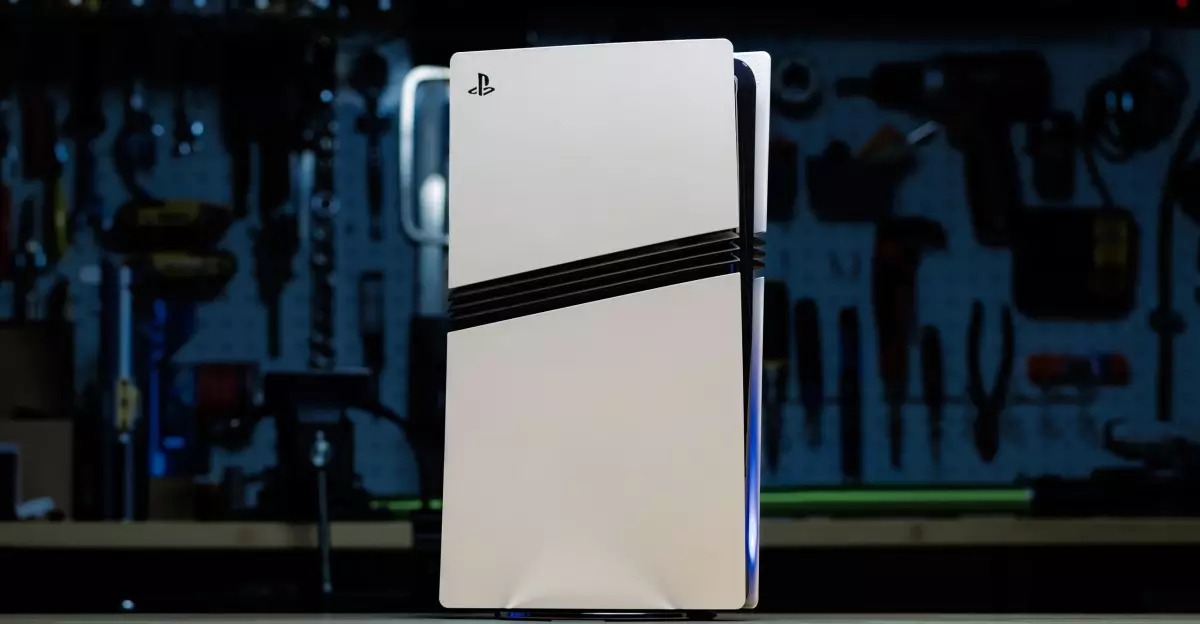Sony is currently at a crossroads, faced with the daunting reality of significant tariffs that threaten its profitability. With a financial forecast indicating a hit of approximately 100 billion yen, or about $680 million, the company is exploring various avenues to safeguard its bottom line. This necessity has prompted discussions about relocating PlayStation manufacturing from China to the United States, a move that could mark a pivotal change in the company’s operational strategy.
Tariffs, particularly the current 30 percent rate on imports from China, are wreaking havoc on profit margins for technology companies. This geopolitical challenge has an immediate bearing on consumer prices, with Sony’s CFO, Lin Tao, suggesting that the company might pass these costs onto customers. While that strategy has worked in the past, its implications could be detrimental amid today’s competitive gaming landscape. Notably, the PS5, which has already seen a price increase in select markets, might become even less accessible for consumers in the wake of these changes.
Production Strategy: Manufacturing Localization
Sony’s contemplation of U.S. manufacturing isn’t merely a reaction to tariffs; it represents a broader trend among corporations to localize production to mitigate risks associated with global supply chains. CEO Hiroki Totoki’s recognition that the PS5 can be produced locally highlights the company’s intent to adapt and potentially streamline its operations. This shift could prove advantageous, minimizing reliance on overseas facilities that are susceptible to political and economic fluctuations.
However, the larger profile of Sony’s gaming operations raises questions about how profitable this localized manufacturing would be. While producing domestically could alleviate some tariff burdens, it may also introduce new challenges such as increased labor costs. Balancing these factors is critical, and the company will need to glean insights from previous experiences to determine the best path forward.
Industry Impacts and Consumer Reactions
This situation is not exclusive to Sony; competitors are reacting similarly. Microsoft, for example, has already increased Xbox prices by up to $100, clearly signaling the market’s delicate balance between pricing strategy and consumer demand. Meanwhile, Nintendo has chosen to maintain the pricing of its upcoming Switch 2, illustrating a different approach to consumer retention. This diversity in strategy underscores the varying levels of resilience and adaptability in the industry.
As Sony prepares to announce its pricing for new flagship audio products like the WH-1000XM6 headphones, the implications of its manufacturing shift will likely resonate across its entire product line. A well-received launch could bolster its brand reputation, but the company must tread carefully, lest it alienate its core gaming demographic.
While the speculation surrounding U.S. manufacturing for the PS5 represents a strategic pivot, it remains to be seen how effective this will be against the backdrop of looming tariffs and an ever-evolving market. Accurately gauging consumer sentiment and adapting swiftly will be paramount for Sony’s continued dominance in the competitive gaming arena.

